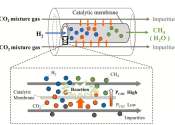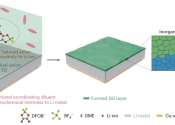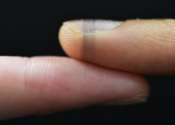Researchers develop new perovskite solar cells that set efficiency record
A research group led by Prof. Ge Ziyi from the Ningbo Institute of Materials Technology and Engineering (NIMTE) of the Chinese Academy of Sciences has developed three isomeric bisphosphonate-anchored self-assembled molecules ...
May 30, 2024
0
50









